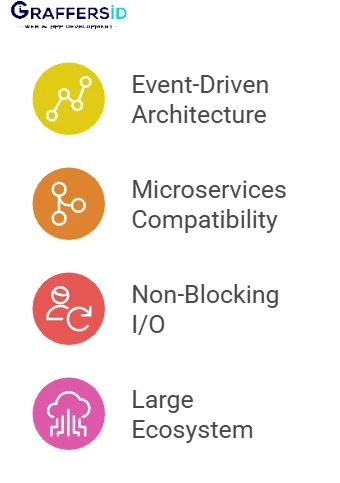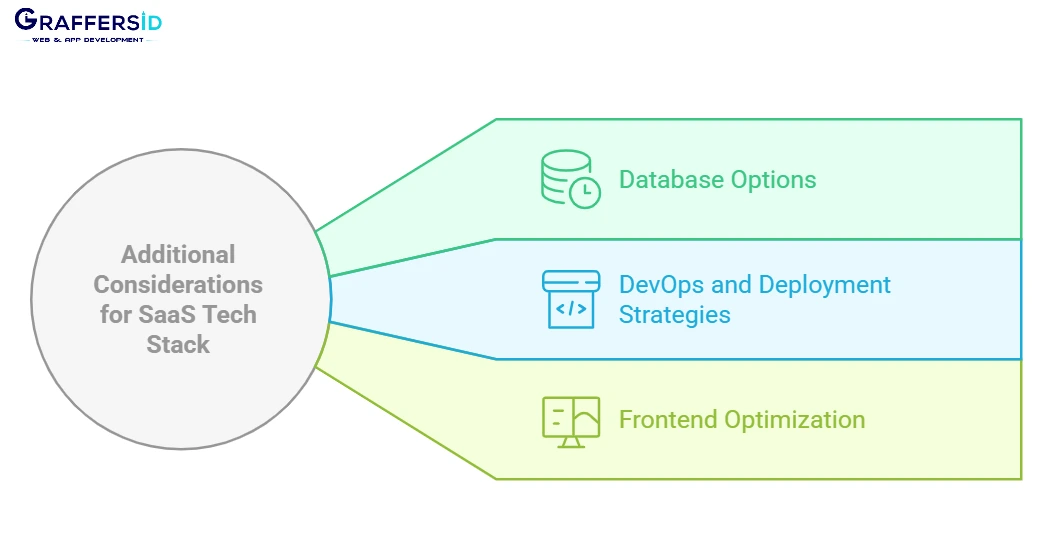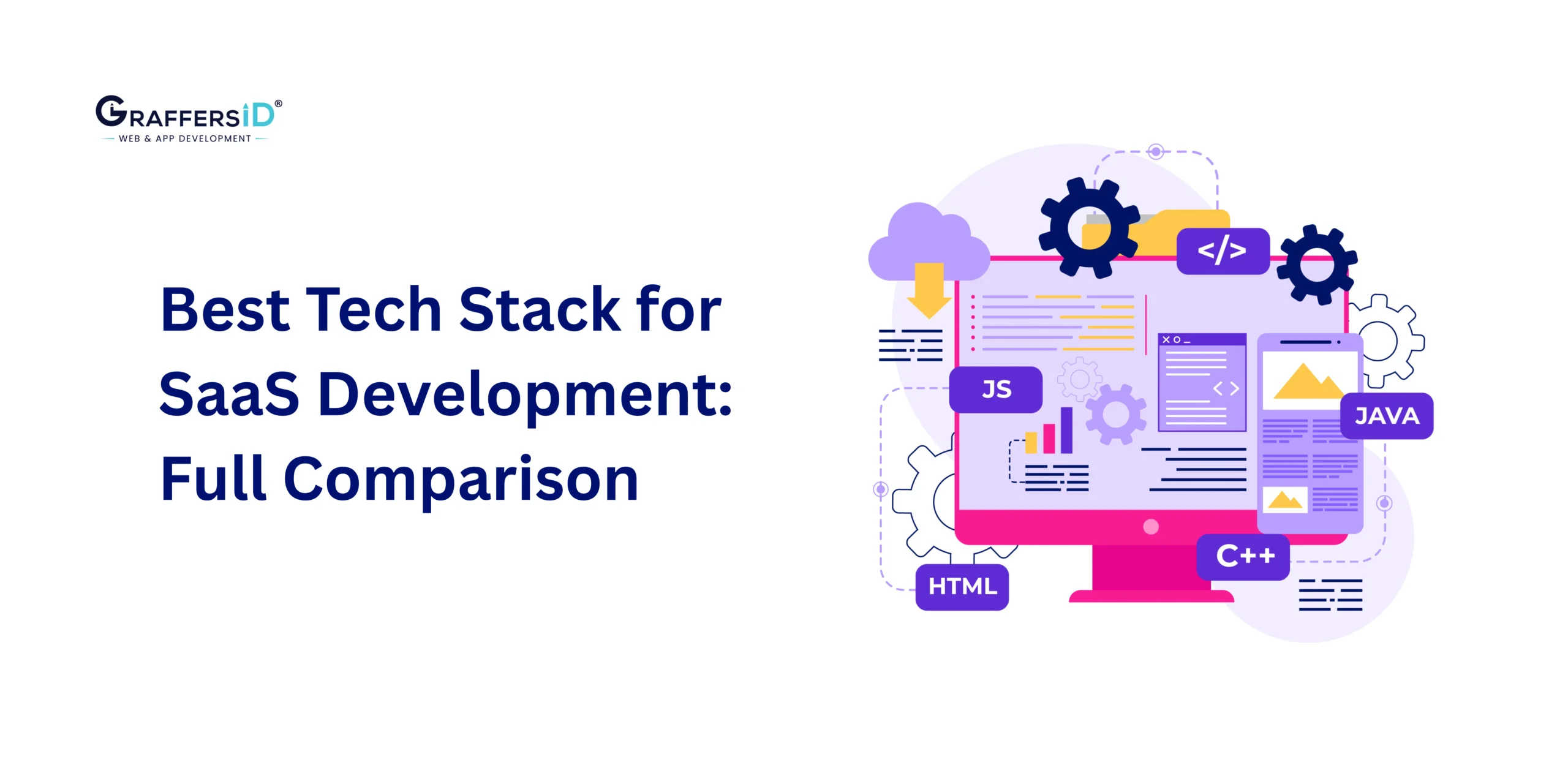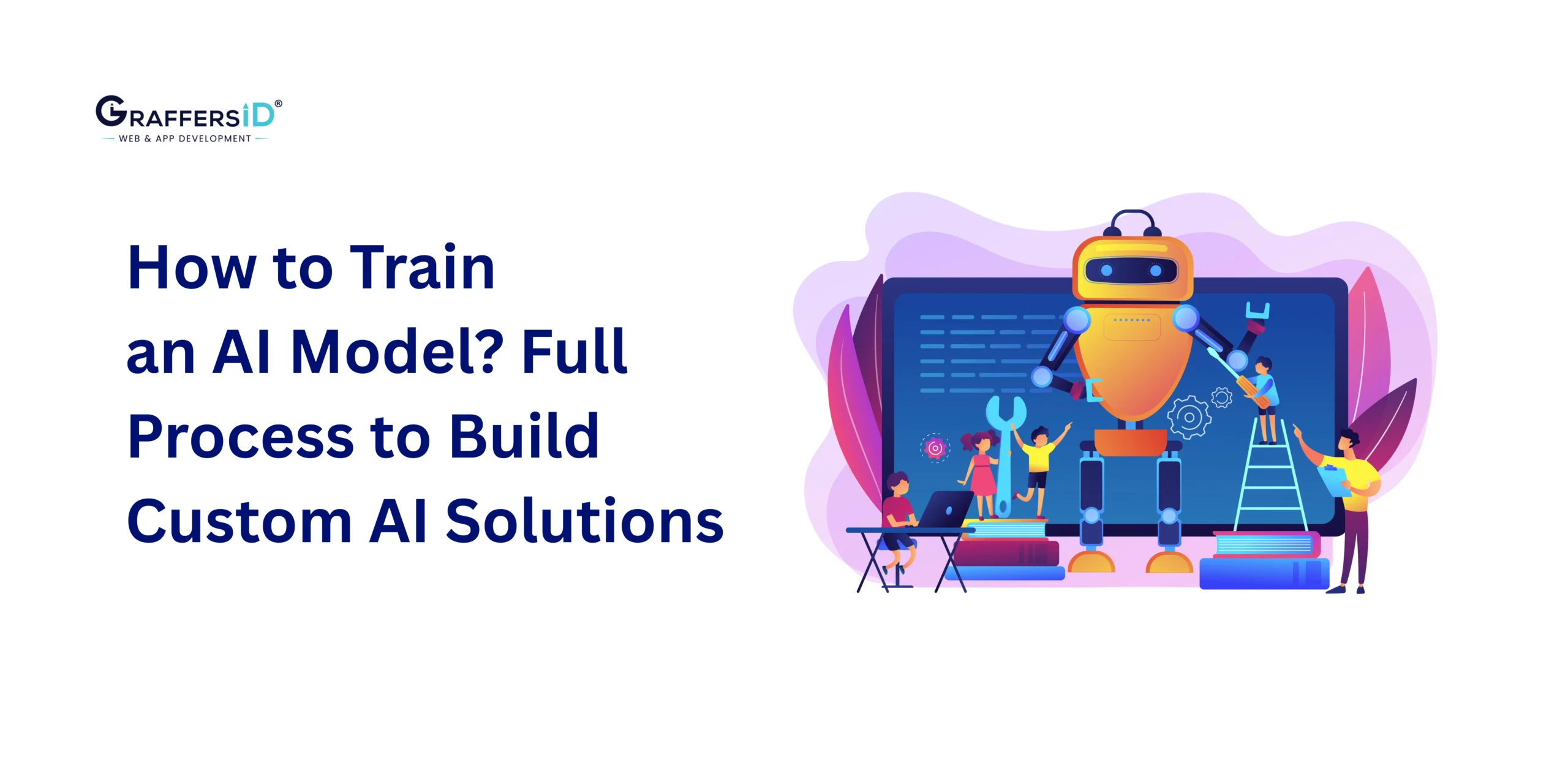Software as a Service is a cloud-based model where a service provider can host and manage applications. Users can access this service over the internet. The logic behind SaaS is a pay-as-you-go model instead of buying the software. For example, when you want to use Canva Pro, you can pay for this model instead of purchasing software and renew your subscription as needed.
This model allows for automatic updates, scalability, and the ability to access services from anywhere. In turn, it becomes suitable for businesses of all sizes. Some more examples of SaaS are Google Workspace, Salesforce, and Slack, all of which enhance collaboration, customer management, and communication without raising the need for extensive IT resources.
SaaS has altered the way businesses function. They can now provide scalable and efficient solutions to their customers through the cloud. However, creating SaaS products is not an easy task. This prompts the need for the right tech stack and development team.
This decision will guarantee the performance, security, and scalability of your platform. In this article, we will compare various tech stacks for SaaS development and help you choose the right one.
SaaS Development Challenges
Before choosing a tech stack, it’s essential to understand the primary challenges SaaS applications face:
1. Scalability
- When building a SaaS application, you need to ensure support, as several users will be using it at the same time, so it cannot slow down.
- Your application should ensure smooth growth, load balancing, database sharding, and auto-scaling.
- AWS, Azure, and Google Cloud are good options for cloud-based infrastructure that allow for dynamic scaling.
2. Multi-Tenancy
- An effectively designed multi-tenant model helps promote efficient usage of resources.
- With SaaS platforms, one of the main challenges is keeping the user data isolated while using a shared infrastructure.
- You can apply multi-tenancy at various levels. This includes application, database, and infrastructure levels.
3. Security Concerns
- Certain regulations like GDPR and HIPAA need to be adhered to. So implement data encryption and secure authentication.
- APIs have to be protected from threats like SQL injection and DDoS attacks.
- Utilizing identity management solutions such as OAuth, JWT, and multi-factor authentication significantly improves security.
Read More: Top 5 SaaS Companies in India: 2025
Top Tech Stack for SaaS Development: MERN vs. MEAN
Both MERN (MongoDB, Express.js, React, Node.js) and MEAN (MongoDB, Express.js, Angular, Node.js) are widely used for SaaS applications, but they have key differences.
| Feature | MERN Stack | MEAN Stack |
| Frontend | React.js | Angular.js |
| Performance | Fast rendering, virtual DOM | Two-way data binding, real-time updates |
| Flexibility | Component-based architecture, easy state management | Structured framework, ideal for large projects |
| Learning Curve | Easier for developers familiar with JavaScript | Requires TypeScript knowledge |
| Ecosystem | Huge open-source community support | Strong enterprise backing by Google |
Which One to Choose? MERN vs. MEAN
- You should choose MERN when you want fast rendering and a flexible, modern UI.
- You should choose MEAN if your SaaS platform requires a structured, enterprise-ready solution.
Why Node.js is Preferred for Tech Stack for SaaS Development?
Node.js is a trusted go-to backend technology for SaaS applications. This is because of its unique capabilities.

1. Event-Driven Architecture
- Node.js can handle several requests asynchronously, and the execution is not blocked.
- This technology will help improve the response time and system efficiency, which makes it ideal for real-time SaaS applications.
- Node.js reduces hardware costs because of its efficient resource utilization.
2. Microservices Compatibility
- With Node.js, you can develop independent services that can be scaled individually.
- It is perfect for SaaS applications requiring modular functionality.
- Node.js supports containerization with Docker and orchestration functions with Kubernetes.
3. Non-Blocking I/O
- You can enhance application performance by handling multiple concurrent connections.
- Node.js reduces server load, which makes it suitable for cloud-based SaaS platforms.
- Applications that face high traffic and real-time processing needs should use Node.js.
4. Large Ecosystem
- Node.js has many rich libraries (npm) for authentication, database management, and cloud integrations.
- The developer community is very active in this technology, ensuring regular updates and security patches.
- Node.js allows for seamless integration with DevOps pipelines for CI/CD automation.
Choosing the Right Tech Stack for SaaS Development Based on Business Needs
Selecting the best SaaS tech stack depends on various factors such as cost, development timeline, and integration needs.
| Factor | MERN Stack | MEAN Stack | Other Alternatives (Django, Ruby on Rails) |
| Cost | Moderate | High (due to enterprise support) | Varies based on hosting and licensing |
| Development Speed | Fast | Moderate | Django (Fast), RoR (Rapid Prototyping) |
| Scalability | High | Moderate | Varies based on architecture |
| Integration Support | Wide range of third-party APIs | Good enterprise-level integrations | Depends on framework |
1. Cost Considerations
- Use open-source stacks like MERN and MEAN, which will help reduce initial costs.
- Take into consideration the cloud service expenses (AWS, Azure, GCP) when scaling.
- You can optimize infrastructure spending by using managed databases like MongoDB Atlas and Firebase.
2. Development Timeline
- With MERN, you get rapid development along with reusable components.
- The MEAN stack, on the other hand, requires a structured approach, which takes more time but offers robustness.
- Serverless frameworks such as AWS Lambda and Firebase Functions can reduce backend complexity.
3. Integration Needs
- There are several third-party integrations that SaaS applications rely on ( like payment gateways, analytics tools, and CRM systems).
- With Node.js and its extensive npm packages, you get seamless support in API integrations.
- For enhanced flexibility in connecting external services, use Webhooks and GraphQL APIs.
Read More: How to Select the Right AI Tech Stack for Web Development
Additional Considerations of Tech Stack for SaaS Development

1. Database Options
- SQL Databases (PostgreSQL, MySQL): Best for structured data and complex queries.
- NoSQL Databases (MongoDB, Firebase): Suitable for flexible schemas and high scalability.
- Hybrid Approach: Using SQL for transactional data and NoSQL for scalable data storage.
2. DevOps and Deployment Strategies
- Containerization with Docker: Ensures consistency across different environments.
- Kubernetes for Orchestration: Manages scaling and load balancing automatically.
- CI/CD Pipelines: Automates testing and deployment for faster updates.
3. Frontend Optimization
- Server-Side Rendering (SSR): Enhances SEO and performance (e.g., Next.js for React, Angular Universal for Angular).
- Progressive Web Apps (PWA): Improves user experience on mobile devices.

Conclusion
By choosing the right tech stack for your SaaS applications, you can guarantee the long-term success of your application. As we discussed above, for flexibility, performance, and fast development, MERN is the ideal choice. For enterprise-level applications that require a structured approach, deploy the MEAN stack. Regardless of the stack, we can see that Node.js remains a crucial component for scalable and efficient SaaS development. After a careful evaluation of your business needs, you can select a tech stack that will ensure optimal performance, security, and growth for your SaaS applications.
At GraffersID, we can help you in building your SaaS platform using the tech stack that fits your needs. With highly experienced developers on board, we can assure you that there will be no compromises in the quality of your application. Contact us today to know more about our services!





